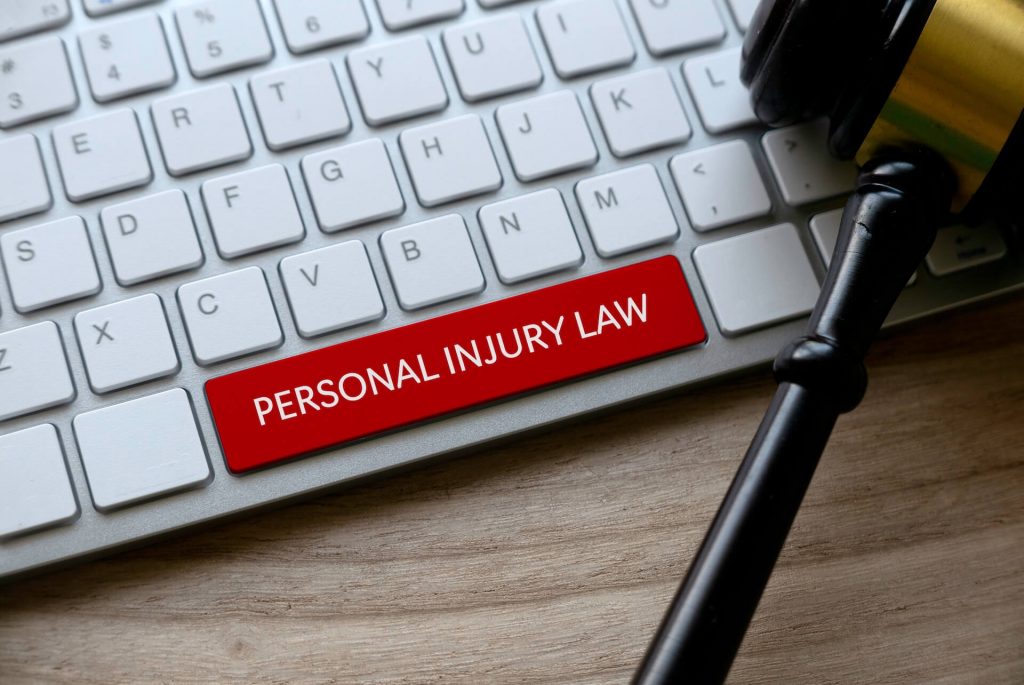Who’s actually at fault is always at the center of personal liability cases. Who caused the other party’s injuries? This is a key threshold that needs to be established in a personal liability claim. And once it is established who’s at fault, that party is liable to pay the other party for damages. This compensation must be paid to the injured party. This is done through court order or through a negotiated settlement.
The Determination of Liability in a Personal Injury Case
The decision of liability is often dependent on the specific circumstances regarding a personal injury case. A personal injury attorney will thoroughly investigate a case and look for all potential parties who may be at fault. The attorney makes the decision and then presents the case in court. Generally, liable parties have liability insurance. It is then up to the insurance company to pay the damages to an injured party. Insurance companies always do their own investigation. This is usually done by a claim adjuster. Once the claim’s adjuster is finished with their investigation, the insurance company will make a decision on liability. If the insurance company feels that their insured did cause the accident, they will try to negotiate a settlement. They may do this directly with the injured party or directly with the injured party’s attorney.
Negligence must be established to prove fault in a personal liability case. The party who is at fault must exhibit conduct that falls below a reasonable standard of care. This behavior must also directly cause harm to the plaintiff. The 4 elements of negligence include duty, breach of duty direct causation, and damages.
It must be proven that the defendant had a legal duty to the plaintiff. An example of this is someone who drives a vehicle has a duty of care to other people on the road. It must also be established that the defendant engaged in a breach of duty. An example of this would be someone who is speeding. The person who asked who is at fault must directly cause the plaintiff’s injuries. This element is fairly straightforward and easy to prove.
The plaintiff must also incur damages as a direct result of the accident. Typically, damages include pain and suffering, lost wages, medical bills, and property damage. Plaintiffs in personal liability cases can prove fault in a variety of ways. These ways include showing intentional conduct, showing strict liability, and providing a standard of proof. Intentional conduct is conduct that occurs with a purpose. For example, cases arising from an assault or battery would be considered intentional conduct.
Negligence can occur if a party violates a state statute. In this case, the defendant is liable for damages. An example of this would be a driver who is driving recklessly and injures a pedestrian.
Strict liability is a legal term that means the plaintiff does not need to establish negligence in order to recover an award for damages. Common types of cases are product liability cases. But it also can be applied to incidents involving dangerous activities.
Although the elements of negligence are obvious, proving fault in a personal injury case can be a challenge. The insurance company and the attorneys will do a thorough investigation of the accident and of the injury. This way, both can make a legally sound decision regarding who’s at fault and who is liable. These investigations typically include the gathering of evidence, interviewing all witnesses, and sometimes hiring experts. For example, an expert may be hired to do an accident reconstruction. Statements are also taken from all parties involved and police on the scene may also be interviewed. Medical documentation is gathered, and receipts for property damage are gathered. It’s all part of the evidence in a personal liability claim.
Legal Defenses
Legal defenses are typically mounted to reduce the defendant’s negligence. These legal defenses may be comparative fault or assumption of risk. In comparative fault, more than one party is responsible for some of the blame of the injury and accident. The court may rule that the defendant is only 25% responsible for the defendant’s injuries. In many states, the law requires the defendants to pay only a certain percentage. This percentage is the amount Is of percentage for which they are found at fault for the accident. Keep in mind, that there are some states which will bar the plaintiff from any recovery if they are found any percentage of responsibility for the accident.
The assumption of risk defense is very powerful if it can be proven. If it can be shown that the plaintiff knew the risk but when ahead anyway, they may be barred from recovery due to assumption of risk. Football players cannot yet get any award for damages due to injuries they incur during the game.
Even if you think you have a strong personal liability injury case, it can still be an uphill battle. If you try to negotiate with the insurance company directly yourself, they often will lowball you. In addition. They may even deny liability in your case.
It’s always wise to hire a personal liability attorney to advocate and fight on your behalf. If you’re considering filing a personal liability lawsuit, turn to the seasoned personal Injury lawyers at Rieders and Travis. This law firm has decades of experience handling personal injury cases for clients. They have successfully handled car accident cases, product liability cases, slipping and fall cases, dog bite cases, assault cases, and more. They have assisted their clients in getting the compensation that they deserve. They are aggressive and will fight to ensure that their clients get justice. Give them a call today for a free consultation about your personal injury case. They are always more than happy to answer any of your questions. The law firm of Rieders and Travis also had their own team of experts for investigations. You can be sure that your case will be thoroughly investigated. Get justice with Rieders and Travis.








